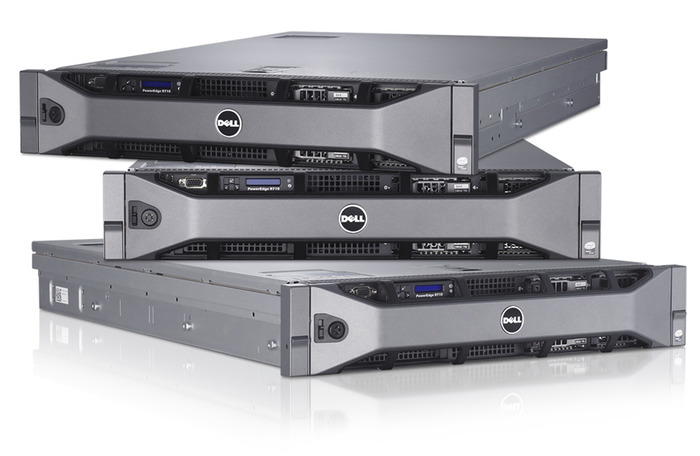Choosing a Dell PowerEdge server for your small to medium-sized business can be overwhelming. With so many options, it’s hard to know which one is best suited for your needs.
This article will guide you through selecting the right server and provide tips for getting the most out of your purchase. By taking these steps, any SME can find their ideal Dell PowerEdge Server and enjoy all its benefits immediately!
Factors to Consider
When choosing a Dell PowerEdge server for your SME, several factors must be considered.
Firstly, you’ll need to determine the type of workloads and applications that the system will support. This is important as it will help you decide whether single or multiple servers are needed.
Secondly, you should assess how much storage space is required. Make sure to factor in any potential growth requirements so that you don’t need more capacity later on down the line. With these considerations in mind, scalability and future growth become important considerations when selecting your server solution.

Scalability and Future Growth
When choosing a Dell PowerEdge server, scalability and future growth should also be considered.
As businesses expand, the need for more memory capacity increases as well. To ensure that the company has enough room to grow in the future without having to purchase additional servers, it is important to consider how much memory a particular model can accommodate. The amount of RAM or hard drive space needed will depend on the specific applications and services being used within the organization.
Additionally, many Dell PowerEdge models come with options such as redundant power supplies and multiple storage controllers which can increase system reliability and provide added flexibility if changes are needed.
It is important to consider these features when deciding which type of server best fits your business needs today and tomorrow.
Performance and Processing Power
Performance and processing power should be considered when selecting a Dell PowerEdge Server for your SME. Considering the number of cores needed to run applications reliably is important. Multiple-core processors are recommended if you need higher-level data analysis capabilities or will be running databases.
The amount of RAM is also essential; more memory translates into faster computing times. Ensure the server has ample slots for additional RAM if necessary to keep up with future resource demands.
Additionally, look at the speed at which each processor runs and how many threads are available per core. Threading enables parallel operations and increased throughput when performing certain tasks, such as rendering graphics or running complex calculations.
A combination of high clock speeds and multi-threaded cores ensures that all processes run smoothly without any lag time. With this information, you’ll understand what kind of workloads can be handled by the server efficiently now and in the future.
Storage Solutions
Regarding storage solutions for a Dell PowerEdge server, it’s best to think of the process like building with Lego blocks. You have options and choices you can customize in any way you need. From hard drives and solid state devices (SSDs) to RAID arrays or tiered storage configurations, there are many ways to maximize your data capacity while keeping costs down.
One great benefit of using a Dell PowerEdge server is the ability to grow with your business needs. You can start small and add more storage as needed without having to replace the whole system – something which might be necessary if you choose another brand server instead.
This makes it easy to keep up with ever-changing technology demands on a budget, so you always get the most out of your investments.

Budget-Friendly Options
Budget-friendly options should be considered when choosing a Dell PowerEdge server for your SME. One of the most cost-effective choices is the R630 – an enterprise-level server that offers value and performance in one package. It’s perfect for virtualization applications or as part of a high-performance computing solution.
The T20 Tower servers are also good options if you don’t need the power of the R630 but still want to benefit from its features, such as remote management and data protection.
And if you’re looking for even more savings, look at their used servers through suppliers like ETB Tech; they can provide great deals on older models while still delivering reliable operation.
In Summary
Choosing the right Dell PowerEdge server for your SME is like finding a needle in a haystack. With countless models and configurations, picking the one that best suits your needs can be daunting. To make sure you get exactly what you need without breaking the bank, here are some tips:
- Consider scalability – how quickly do you expect to grow? Choose a model with room to expand if needed.
- Determine processing power – ensure that the CPU will keep up with current demands and future growth.
- Check connectivity options – ask about networking capabilities like Ethernet, Fibre Channel or Infiniband connections.
- Compare memory specs – look for RAM type and capacity compatible with existing hardware and software requirements.
These steps should help narrow down all available choices to find an ideal Dell PowerEdge server solution for your business needs. By focusing on these key factors when making your purchase decision, you’ll be happy with your new system’s performance and price.